Changes in Latitudes
Then came word, not long before I graduated from high school, of an impending family move to Houston. The discussion about extraction of the airplane from our basement got real in a big hurry. The house went on the market. Dad went to Houston to find a hangar (and a house for us- in that order). But we had been working on the plane for six years in the basement. The fuselage was probably 90 percent structurally complete, as were the wing sections and tail sections. The engine was in the basement as well. So how did we remove the airplane from the house? Here’s how:
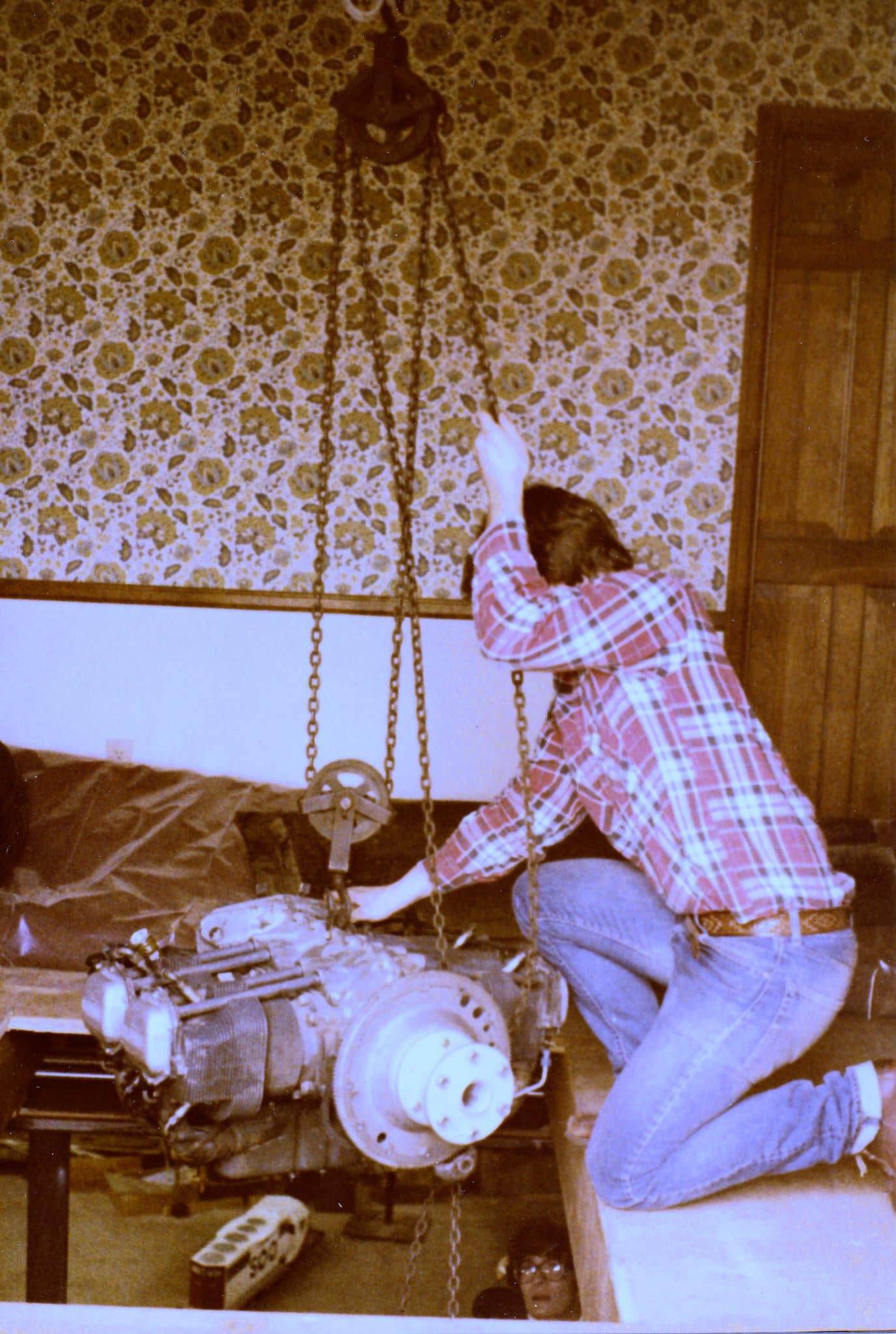
The Hard Part was Cutting the Hole in the Floor…
First, we dis-assembled the inner and outer wing panels, engine and landing gear frame, and tail surfaces from the fuselage- yielding several pieces of manageable size and weight to move. Then we moved the dining room table into the living room. After that we rolled up the carpet in the dining room. Naturally we next removed the chandelier from the dining room ceiling. Of course we reinforced the ceiling joist from which the dining room chandelier had unsuspectingly been hanging.
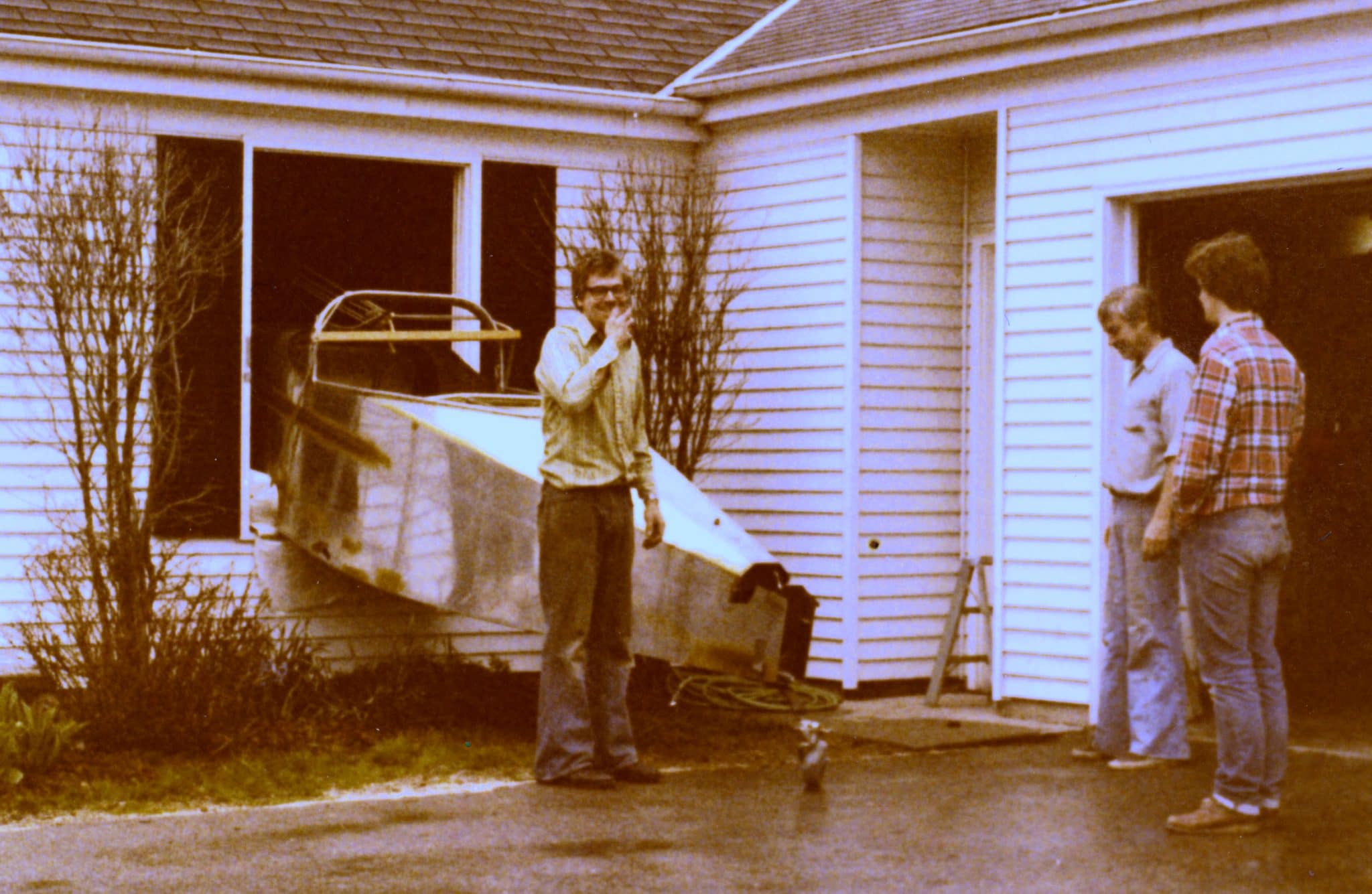
He Knew the Whole Time It Would Fit. Right?
Then we installed a block and tackle / pulley system in the reinforced ceiling joist in the dining room ceiling. Then it got real- we cut a large, but no larger than necessary, hole in the dining room floor and saved the floor section we removed. We removed the upper and lower sash from the dining room window. We, and by we I mean I, used the pulley system to lift the wing sections, the fuselage, and the engine up into the dining room and then pushed them out the dining room window. The fuselage fit through the opening with about an eighth of an inch to spare on either side. That made JGW very happy indeed.
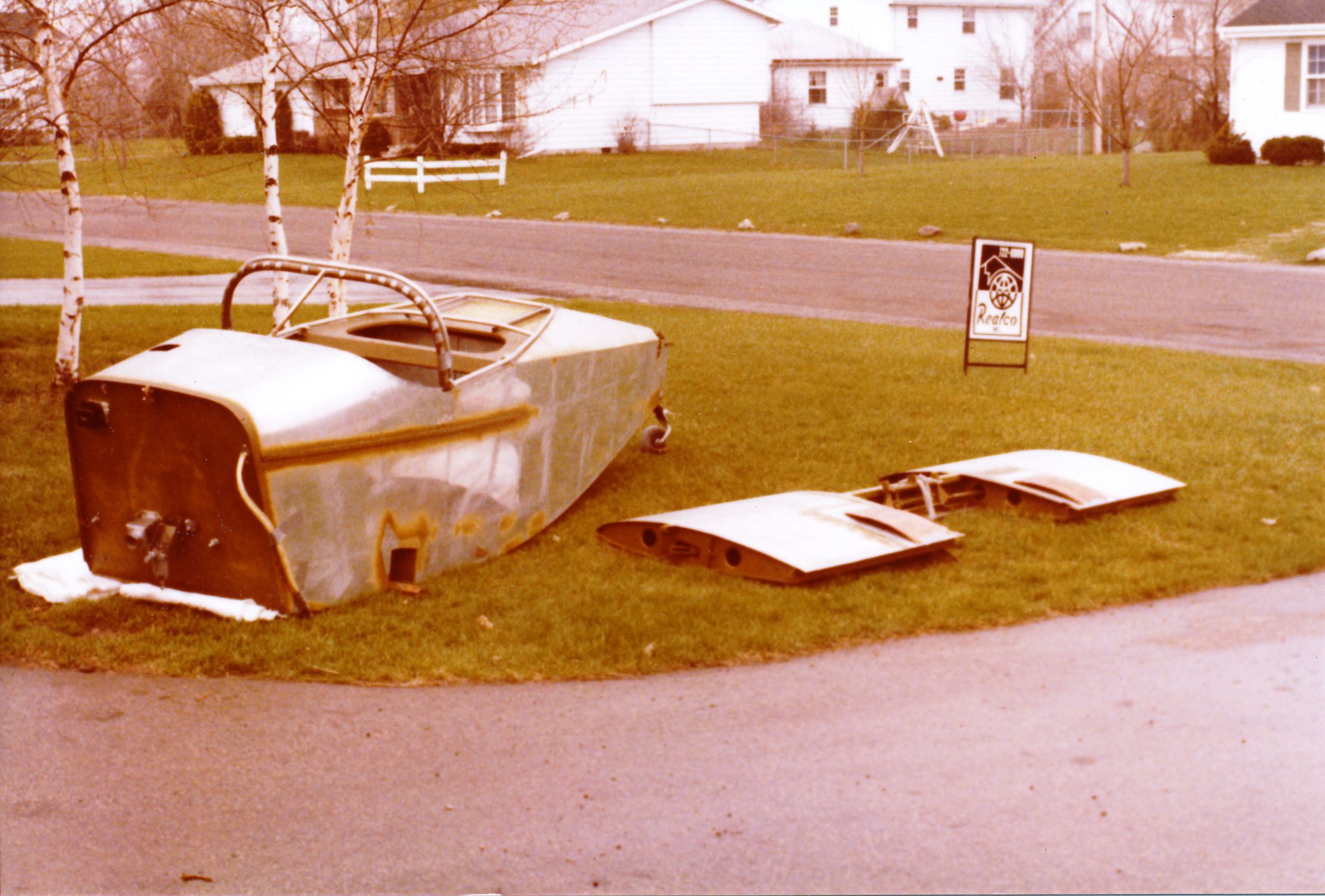
Putting the House Back Together and Moving On
After that it was a snap. We built wooden crates to protect the main components during shipping (moving) to Houston, re-installed the section of dining room floor and carpet (the china didn’t rattle in the dining room hutch any more afterward), and repaired the ceiling and re-hung the chandelier. Did I mention we were showing the house while all of this was going on? Please watch your step (and your head) as you pass through the dining room! Our moving van convoy totaled two full-size vans. The T-18 moved into the Houston garage for completion where we dealt with the other end of the weather spectrum- relentless heat and humidity for about as long as winter lasted in Wisconsin!
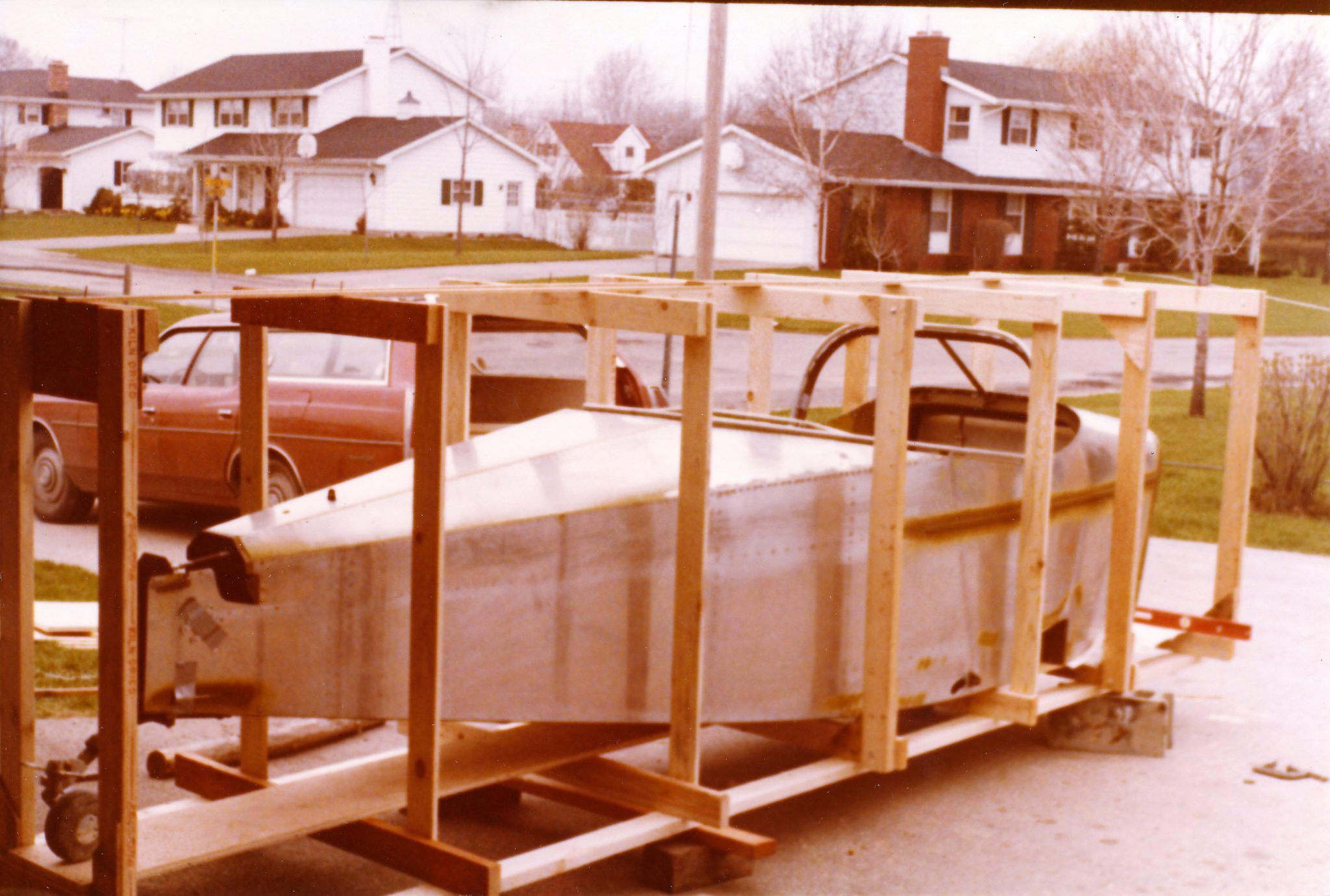
First Flight and Proud Legacy
A little more than two years later JGW and my youngest brother Lee departed David Wayne Hooks Memorial airport in Houston bound for Oshkosh for dad’s first trip to the EAA Fly-In as a T-18 builder and owner. Over the subsequent years dad flew his T-18 to Oshkosh every year he could and all over the rest of this great country- often with Lee as his co-pilot. He installed folding wet wings in the aircraft. The T-18 we all built together in our Wisconsin basement won awards everywhere it went and sometimes still does. People still tell us that the plane we built together is the finest T-18 out there. I don’t know about that, but I do know there are plenty of them flying, and we’re proud of the job we did. I’ve dealt with various degrees of trepidation about flying in other aircraft, but not in this airplane- I know every rivet, fastener, and component in the T-18 we built is perfect.
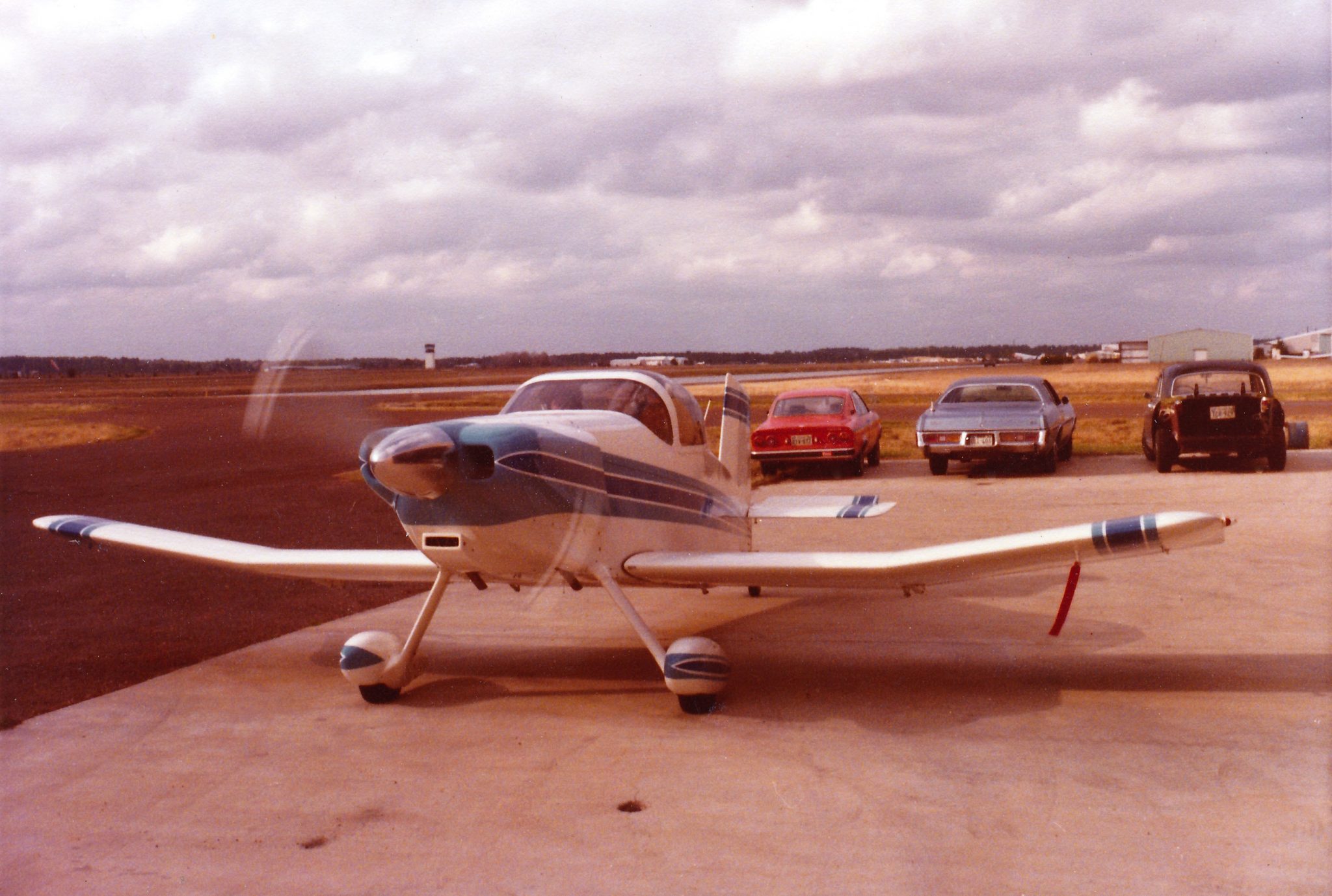
Dad Flies West
Dad fought with everything he had but finally lost a seven-year battle with cancer at home in Houston, fittingly I suppose, during the 1988 EAA Fly-In. Because he was such a staunch advocate of the EAA from its beginnings in founder Paul Poberezny’s basement through its formative years during the 1970s and 1980s, so active in his local EAA chapter, and a friend to and willing conspirator with so many builders around the world, his name appears on the Memorial Wall at EAA Headquarters in Oshkosh. John Gardner Walton II is still fondly remembered by T-18 enthusiasts and EAA members more than 30 years after his untimely passing.
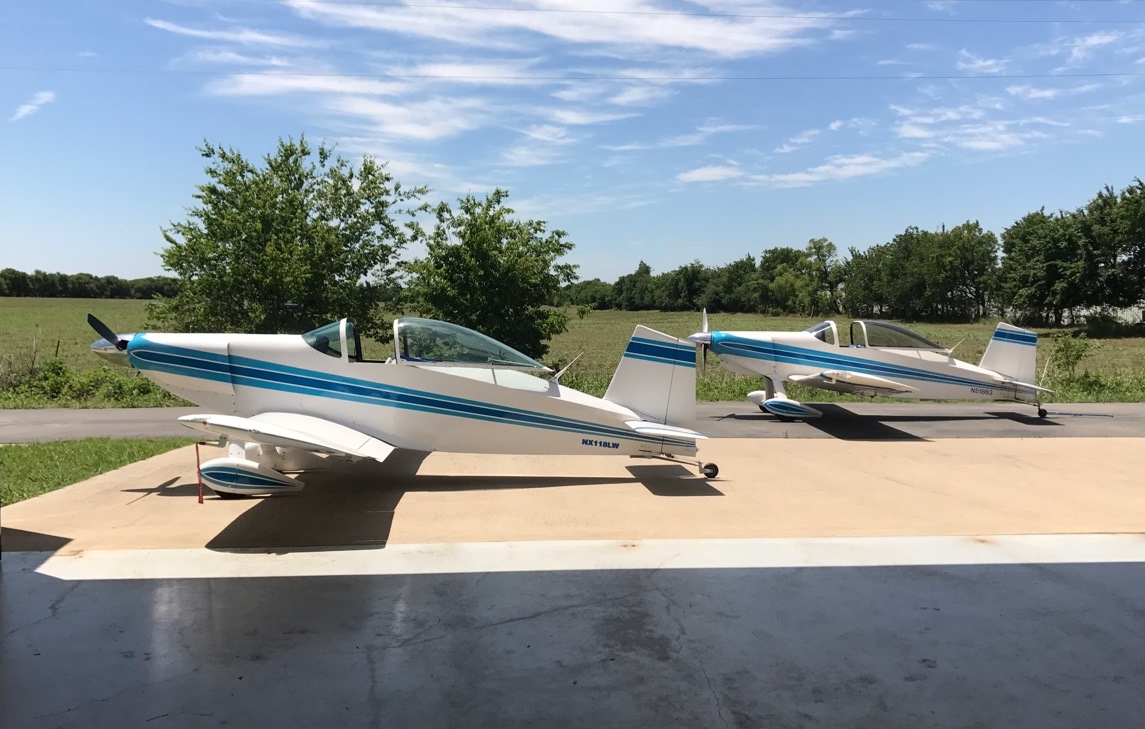
Still in the Family Business
Mom finally sold the T-18 she and dad had flown in so many times together to one of dad’s good friends who recognized how well it was built not long after his death. It’s back in the family now. And my brother Lee? He has built or rebuilt several T-18s himself, always using the same distinctive paint scheme JGW created for his T-18. Lee runs the Thorp T-18 Community website and is a true ambassador for the T-18 and experimental aircraft in general. He has also been for many years good friends with the family friend who bought dad’s plane. He’s doing a great job keeping the family name in the T-18 business. KBW’s great grandson and JGW’s grandson, my son John, has flown in the plane his grandparents, father, and uncle built several times now. He might even learn to fly in it himself. We’re just keeping aviation in the family. Four generations and counting.

What It’s Really Like
Speaking of keeping it in the family, ride along with Lee and his wife Jamie (who is becoming quite the aviatrix in her own right) in his latest T-18 on a quick flight south of Houston
[youtube id=”_GPm6HKfsr4″ width=”800″ height=”454″ position=”left”]
